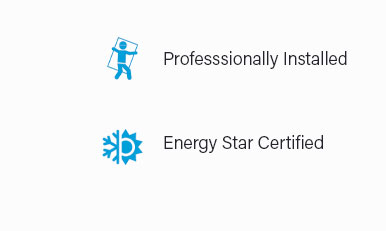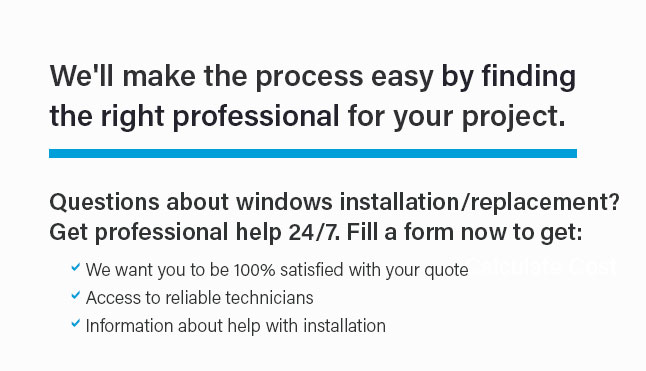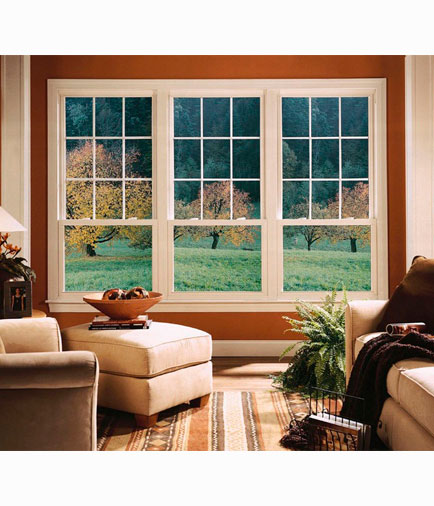 |
 |
 |
 |
 |
|
 |
 |
||
 |
 |
 |
 |
 |
 |
 |
 |
|
 |
||
 |
 |
 |
|
Understanding Storm Window Replacement Costs: An In-Depth GuideWhen it comes to home improvement, few tasks are as essential yet often overlooked as replacing storm windows. The cost of this undertaking can vary widely, influenced by a myriad of factors that each homeowner should carefully consider. In this article, we delve into the intricacies of storm window replacement costs, providing insights that will help you make informed decisions. First and foremost, it's important to recognize that the price of storm window replacement is not a one-size-fits-all scenario. Several key elements contribute to the final figure. The material of the windows is a primary factor; for instance, opting for vinyl windows is generally more budget-friendly than choosing wood or aluminum, which tend to command higher prices due to their durability and aesthetic appeal. Another significant determinant is the size and number of windows needing replacement. Naturally, larger windows or a greater quantity will increase costs. Additionally, the complexity of the installation plays a role; windows on higher floors or those with unique shapes might require specialized labor, thus escalating the expense. Geographical location is another crucial aspect. Labor and material costs can vary greatly depending on your region. Urban areas, with their higher cost of living, often see steeper prices compared to rural locations. It’s wise to obtain multiple quotes from local contractors to gauge a reasonable price range for your area. Moreover, energy efficiency is a factor that should not be overlooked. While energy-efficient storm windows may have a higher upfront cost, they can lead to significant savings on utility bills over time. This long-term financial benefit, coupled with the environmental impact, makes them a worthy consideration for many homeowners. Additional features such as tints, coatings, or laminated glass can also influence the price. While these options provide enhanced protection and aesthetic appeal, they add to the overall cost. However, for those living in areas prone to severe weather, these features might prove invaluable. For those contemplating DIY installation to cut costs, it’s crucial to weigh the potential savings against the risks. Improper installation can lead to poor performance and even damage, ultimately costing more in the long run. In many cases, hiring experienced professionals ensures the job is done right the first time, providing peace of mind. In conclusion, while the cost of replacing storm windows can seem daunting, it’s an investment in your home’s safety, efficiency, and aesthetic value. By understanding the factors at play, homeowners can make savvy decisions that align with both their budget and their long-term goals. Ultimately, the satisfaction of a well-protected and energy-efficient home is priceless.
https://indowwindows.com/resources/blog/storm-window-cost
Depending on the size and how easy it is to install, installation is expected to cost from $65 upwards per window. This quickly adds up when looking to cover ... https://www.angi.com/articles/how-much-do-storm-windows-cost.htm
Cost To DIY vs. Hiring a Pro. You can save between $30 and $200 per storm window if you tackle the installation yourself, bringing your total ... https://www.reddit.com/r/HomeImprovement/comments/sqarnu/super_expensive_high_end_windows_or_storm_windows/
I hate those pella double hung windows. The professional installation is not even square or plumb, they just do a crap job and they'll cost you ...
|